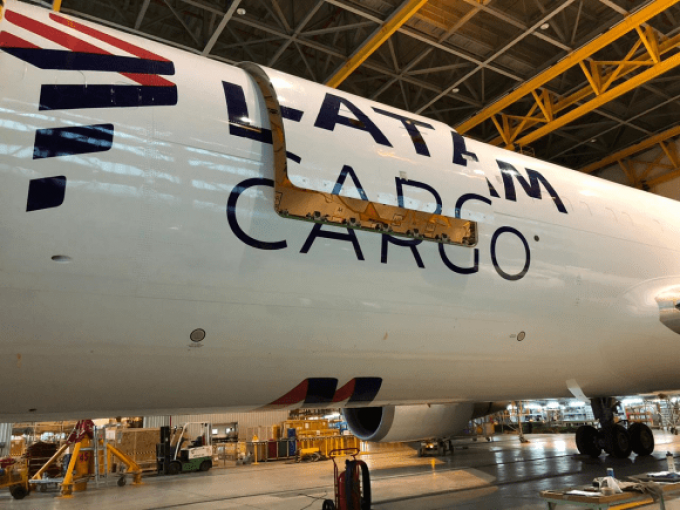Transpac benchmark Kerry Logistics: a mixed bag? Or...?
Please take heed

Having added a B767 freighter to its fleet, LATAM Cargo has wasted no time in putting it into operation.
On 19 February, Latin America’s largest cargo carrier will start twice weekly flights between Santiago and Chicago, returning via Miami.
LATAM took delivery of the converted 767-300ER in December, the first of three such aircraft to join its freighter fleet – the remaining two are scheduled to enter service later this year and in 2020.
The arrival of the 767-300 brought the carrier’s freighter ...
'Disastrous' DSV-Schenker merger would 'disrupt European haulage market'
'Chaos after chaos' coming from de minimis changes and more tariffs
List of blanked transpac sailings grows as trade war heats up and demand cools
Shippers in Asia restart ocean shipment bookings – but not from China
India withdraws access for Bangladesh transhipments, in 'very harmful' decision
'Tariff hell' leaves industries in limbo – 'not a great environment to plan'
Asian exporters scramble for ships and boxes to beat 90-day tariff pause
Temporary tariff relief brings on early transpacific peak season
Pre-tariff rush of goods from US to China sees air rates soar, but not for long
De minimis-induced ecommerce demand slump could cripple freighter operators
Forwarders 'allowing the fox into the chicken run' by supporting 'hungry' carriers
Hapag 'took the bigger risk' when it signed up to Gemini, says Maersk
'Restoring America's maritime dominance' – stop laughing at the back of the class
Navigating tariffs: 'like trying to solve a Rubik's cube while colour-blind'
Marginal gains on east-west ocean container routes in a challenging week


Comment on this article